6 ways to start creating your next pad sound
If you're stuck in a rut, try attacking the problem at its source...
We're going to look at various ways to make a pad from different starting points. The most obvious way is to use a synth pad - we'll show you the tweaks to make an instant, smooth synth sound.
We'll also take you through sampler- and looper-based pads, and show you a homemade foley pad made with wine glasses and water sounds (and plenty of effects). Finally, we'll send things into a stupor using microscopic pitch shifts and granular synthesis techniques.
For more pad design action, grab Future Music 290 - it's on sale now.
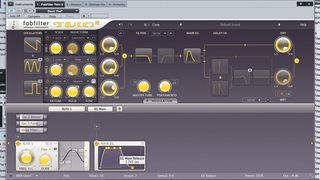
Step 1: The easiest way to get a pad loop going in a synth is using an ASR envelope. Set the envelope's decay to 0, sustain to full and attack and release to the same time. Most synths have release fall more quickly than attack rises - if so, reverb will help your notes crossfade into each other.
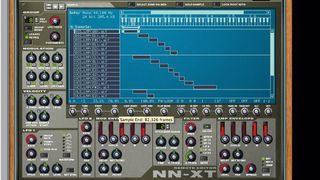
Step 2: If you're using a sampler or ROMpler to make a pad, the envelope should be set up in the same way. Your sample should have a pretty consistent level throughout, so tweak the Start and End times until you end up with a stable volume from start to finish.
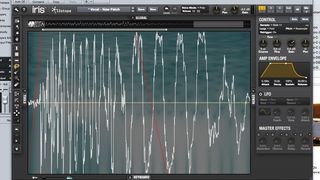
Step 3: You can also use your sampler as a looper. Set up its Loop Start and Loop End times, again until you find a loop with a relatively consistent level. You can change the loop's character by choosing the style of the loop: forwards/backwards, forwards/forwards, etc.

Step 4: Too boring? How about recording your own pad elements. Anything that can play a sustained sound is fair game. Import it into a sampler or use it as an audio track. If your sounds are too 'real-world', throw effects - eg, delays, phasers and unison - onto them until they're unrecognisable.
Get the MusicRadar Newsletter
Want all the hottest music and gear news, reviews, deals, features and more, direct to your inbox? Sign up here.
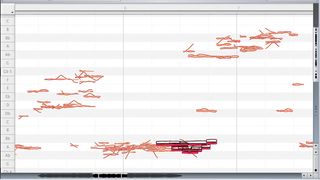
Step 5: One way to completely transform a sound is to use pitchshifting. By taking a sound with a lot of frequency content and bringing all that frequency content back to one pitch, you can really mess that sound up. Don't be afraid to go crazy with your effects after doing this.
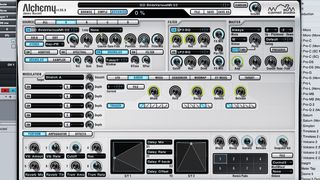
Step 6: Granular synthesis can do a similar thing, letting you play a short sample as a long, sustained note. Stretch the sound out and find a position value without too much of a transient, then experiment with the grain size and panning.
Future Music is the number one magazine for today's producers. Packed with technique and technology we'll help you make great new music. All-access artist interviews, in-depth gear reviews, essential production tutorials and much more. Every marvellous monthly edition features reliable reviews of the latest and greatest hardware and software technology and techniques, unparalleled advice, in-depth interviews, sensational free samples and so much more to improve the experience and outcome of your music-making.

"If I wasn't recording albums every month, multiple albums, and I wasn't playing on everyone's songs, I wouldn't need any of this”: Travis Barker reveals his production tricks and gear in a new studio tour

“My management and agent have always tried to cover my back on the road”: Neil Young just axed premium gig tickets following advice from The Cure’s Robert Smith











